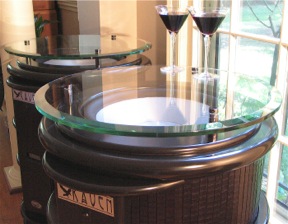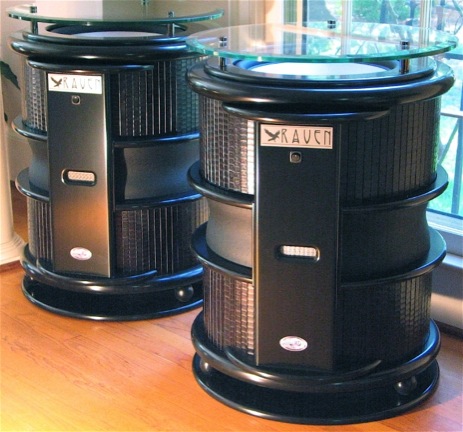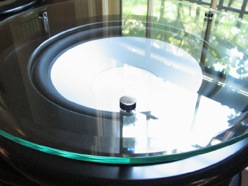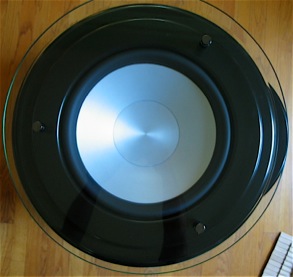After years of enjoyment and having sold off Ravens that I’ve built so that I could build more of them in different finishes, including cherry, mahogany, black laminate, maple, hickory and oak, I found a supplier that makes a unique product from bamboo (which is discussed in more detail on the Going Green page of this site). As I have always leaned toward buying products for my own use that are “environmentally friendly”, I began looking into that aspect of design more intently. The Raven, as a system I designed for my personal theoretical, industrial design and home theater application, was a no-holds-barred subwoofer from the ground up. Since every Raven is a one-of-a-kind creation and was painstakingly built by hand, I was limited as to the number of Ravens I could build and so, because I received so much interest from people from around the world, I decided to design systems that retained the Ravens performance capability, yet were a bit more affordable as well as being a bit easier to build, package and ship. Extreme output, 18 preset user-selectable native frequency response curves, uncompromising attention to detail, the first and only active conduction/convection driver/enclosure cooling system, Raven was truly one-of-a-kind low frequency machinery. The successful outcome and years of enjoyment of Raven inspired me to design and build similar audio hardware to offer to others.



















Measured at the Primary Listening Position in a 3,500 cubic feet room that’s open to a stairwell and a hallway to the rest of the floor plan. 3 Parametric EQ filters with mild cuts were used to result in the frequency response shown.






































